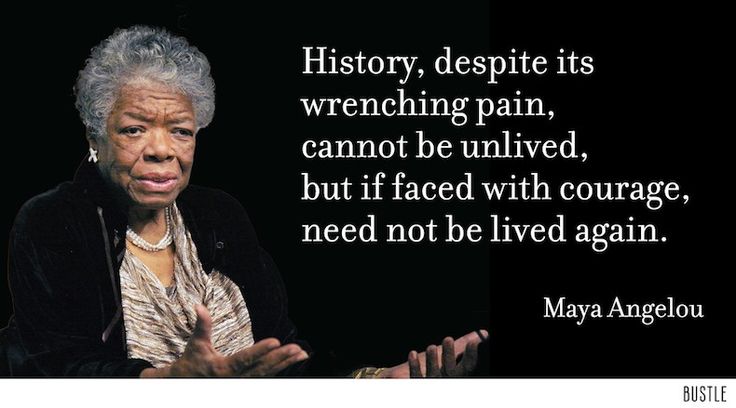After the multiple readings, I could not help but think to myself,” Is the inclusion of a group that is normally overlooked exclusion of other groups?” I find that all too many times movements like the #BlackLivesMatter are severely hindered by this thought exactly. Although they clearly did not intend to exclude people from their movement, the wording alone seems to have charged people both to its side as well as against it almost immediately. From the prospective of the museum, where is the line drawn between these two ideas? Often the traditional narrative of American History has been exclusionary. To allow this to go uncontested is one of the many great tragedies of history. On the other hand, for a museum to get involved with groups that are seen by others as exclusionary due to their own lack of inclusion can spell trouble. Certainly, even just by choosing a theme for an exhibit, a museum can show their own possible bias one way or another, such as the National Museum of African American History and Culture choosing to document the history and artifacts of the #BlackLivesMatter movement, but can a line be drawn between documenting a social movement and the goals and actions of the movement itself? I found myself drawn to the section in the Smithsonian Magazine where it talked about Darian Wigfall, and more significantly where the article discussed the idea that “In addition to the poster (New Age of Slavery by Patrick Campbell) Wigfall also donated a 20-foot wide banner that says, “When injustice becomes law, resistance becomes a duty.”[1] Also, a sign that said “White silence is White consent” caught my attention. Immediately, being someone who studies the 19th century, I recognized the Transcendentalist overtones in both of these ideas. It made me think of a quote by Edmund Burke (although the source of the quote is argued) “The only thing necessary for the triumph of evil is for good men to do nothing.” Although both of these examples were from the #BlackLivesMatter articles, I found the same ideas in the Tenament Museum article only based on the idea of immigrants. The real question to me is, how are museums to walk the thin line between inclusion of often overlooked groups without winding up exclusionary themselves?
[1] Katie Nodjimbadem, “How the African American History Museum Is Curating “Black Lives Matter”, Smithsonian.com, December 14, 2015, http://www.smithsonianmag.com/smithsonian-institution/african-american-history-museum-black-lives-matter-180957530/.
